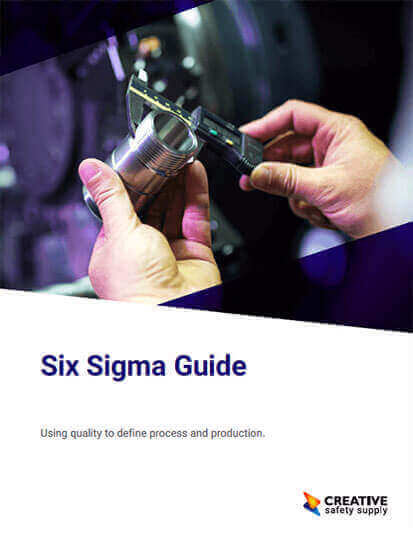
CTQ stands for critical-to-quality. This is a concept that is commonly used in manufacturing, product development, and other related fields. The idea is that anything that must be part of a product to satisfy the customer’s needs is critical to the quality of that product. Anything that the customer does not see as necessary should not be seen as a critical component of the product.
This concept can be used to help reduce waste in the manufacturing process. If a product currently has features that do not meet the CTQ criteria, then those features may need to be removed. When customers do not see a feature as critical, that means they are not going to pay extra for it. Either that, or they will avoid buying that product if the feature is not there.
This means that a business can save time and money by eliminating non-CTQ features from their products without negatively impacting their bottom line. Of course, there are other things to consider before eliminating these types of features. Even if a customer is not willing to pay extra for a specific feature, having the feature may help to improve the reputation of the product so that it will sell better.
This is why critical-to-quality trees are used to evaluate all the different aspects of each product. The tree is a way to analyze each of the features or qualities to determine if it makes sense to keep it in going forward. This is just one concept that businesses use when trying to determine what types of features they want to add to their products and which ones they would be better off leaving out.
Taking the time to measure characteristics of products based on CTQ is a great way to make sure your products have the right balance between quality and efficiency.
Similar Glossary Terms
- CTQ Tree
- The Kano Model
- Quality Function Deployment
- DMADV
- Design for Six Sigma (DFSS)
- House of Quality
- Axiomatic Design
- Zero Defects
- APQP (Advanced Product Quality Planning)


